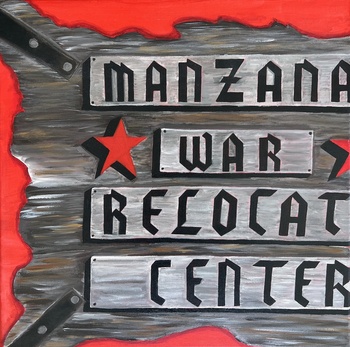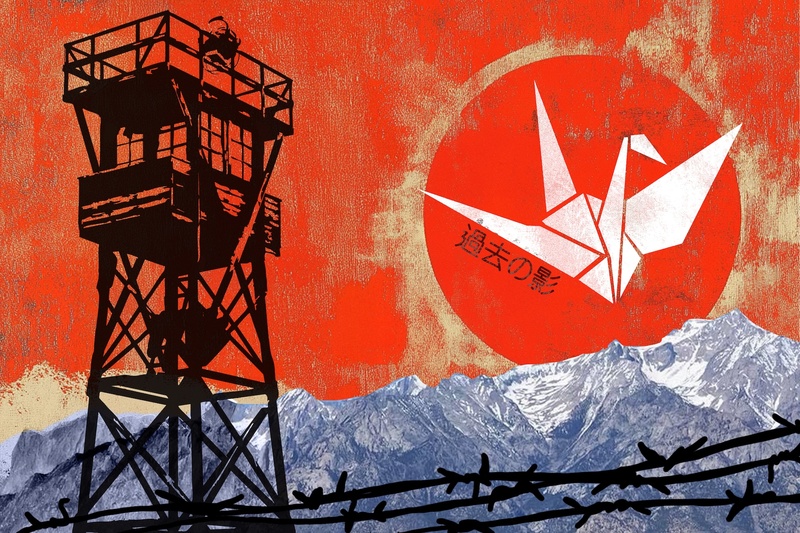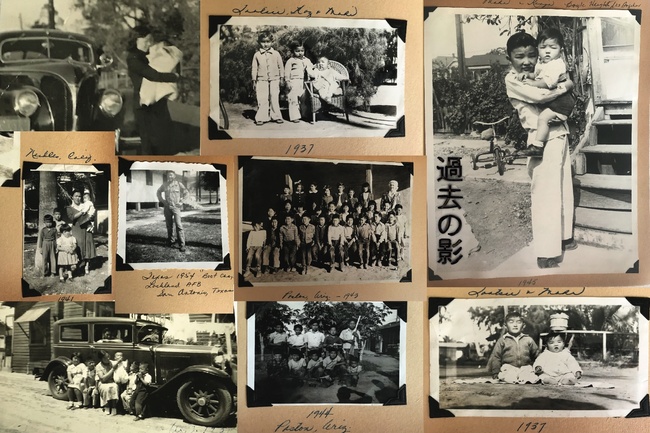History has a way of being selective in its storytelling. Some narratives are prominently featured in textbooks, while others are reduced to mere footnotes. This reality struck me profoundly in the fourth grade when I first learned about the Japanese concentration camps during World War II. Or rather, when I barely learned about them.
My history book dedicated just one small paragraph to this chapter of American history, accompanied by a single photograph of the desolate barracks where over 120,000 Japanese Americans were unjustly incarcerated. On the following page, however, the attack on Pearl Harbor was given a full spread—multiple paragraphs detailing the event, its consequences, and its significance. Even at that young age, something about this imbalance troubled me. I remember feeling frustrated, knowing that my own family’s history was being diminished to a footnote, while other events were granted far greater visibility.
That evening, I shared my concerns with my Nana and Papa, who had lived through the incarceration. My Nana was interned in Manzanar, California, and my Papa interned at Poston, Arizona. They told me what the textbook did not. They recounted stories of loss, resilience, and survival—how their families were uprooted from their homes, forced to abandon their livelihoods, and transported to desolate camps surrounded by barbed wire. They told me about the scorching summers, the bitter winters, and the ever-present fear of being viewed as an enemy in the only country they had ever known. Their voices carried pain but also an unwavering strength. That conversation ignited something in me that has never faded: a commitment to ensuring that this history is remembered and acknowledged.
My Nana later visited my classroom to share her experiences. She spoke not only of the hardships but also of the resilience of the Japanese American community—their determination to transform barracks into homes, establish schools, and hold onto their dignity despite the harsh conditions. My Papa, however, did not join her at first. He had suppressed his memories for many years, unable to recall much of his own story. Then, one night, he awoke in tears—his memories flooding back all at once. Encouraged by my Nana, he found the strength to speak. Together, they began sharing their history in Sunday school classes and community gatherings, determined to educate others and preserve the voices of those who had lived through it.
Since that moment in fourth grade, I have sought to bring awareness to this often-overlooked chapter of American history. My art has become a vessel for their stories, a means of shedding light on the injustices they endured. Through paintings, illustrations, and installations, I have worked to capture the weight of incarceration—its physical and emotional toll—while also honoring the resilience of those who lived through it.
Now, as a graphic design student, I am taking my commitment to a new level. I am currently in production on an immersive installation that recreates the barracks and the corridors lined with barbed wire—spaces meant to evoke the isolation, confinement, and injustice that Japanese Americans faced. This project is not just about historical accuracy; it is about evoking emotion, sparking conversation, and ensuring that visitors truly feel the weight of this history.

By creating an interactive, immersive experience, I hope to foster thought-provoking discussions and a deeper acknowledgment of the injustices that took place on American soil. My goal is to bring the past into the present, urging people to recognize the parallels between then and now—how fear, prejudice, and discrimination continue to shape policies and perceptions today.
For too long, the stories of Japanese incarceration have been overshadowed, minimized, or even ignored in mainstream historical narratives. But history should not be selective. The pain and perseverance of those who endured incarceration deserve to be remembered, not as a mere footnote but as an integral part of the American story.
My Nana and Papa’s voices continue to resonate in my heart. Their stories are not just theirs—they belong to generations of Japanese Americans who lived through incarceration and to those of us who continue to carry their legacy forward. Through this exhibit, I honor them, I remember them, and I invite others to listen, learn, and never forget.
Learn more about visiting Shelby’s installation here.
© 2025 Shelby Taguchi









